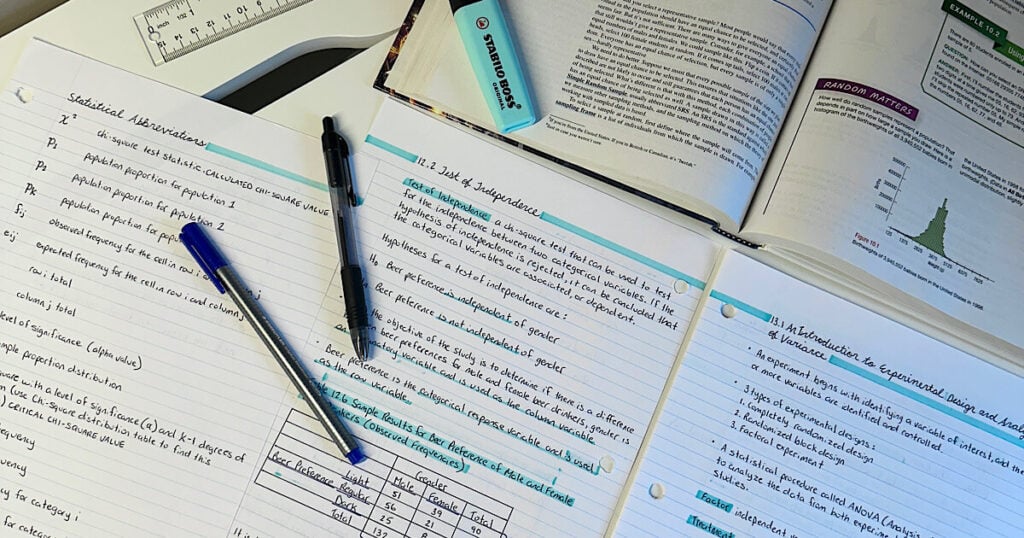
In maths, neatness is more than just good presentation—it directly affects how well a student can think and work through problems. That is why I always encourage students to organise their working clearly from the very first step.
When work is messy, it becomes easy to lose track of numbers, misread a line, or skip a step altogether. I often see students get the right idea but the wrong answer simply because their work was too hard to follow. Writing neatly, lining up equals signs, and spacing each step properly helps the brain stay organised and reduces careless mistakes.
In tutoring sessions, I model what clear working looks like. I show students how to label each step, underline final answers, and leave space between questions. These small habits make a big difference, especially during exams when time pressure can make students rush.
Neat working also helps me see where a student’s thinking went wrong, which makes feedback faster and more effective. When their steps are clear, we can identify exactly where a misunderstanding happened and fix it immediately.
I remind students that neatness is not about perfection, it is about clarity. The clearer their work is, the easier it is for them, their teacher, or a marker to follow. Over time, this habit becomes automatic, and their accuracy improves right alongside it.
James Valiozis

